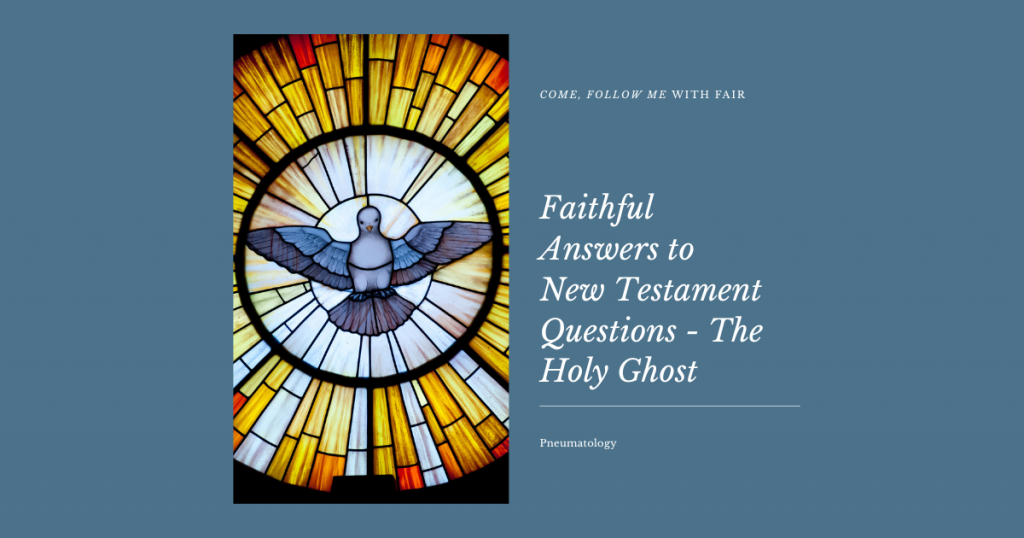"What Wilt Thou Have Me to Do?"
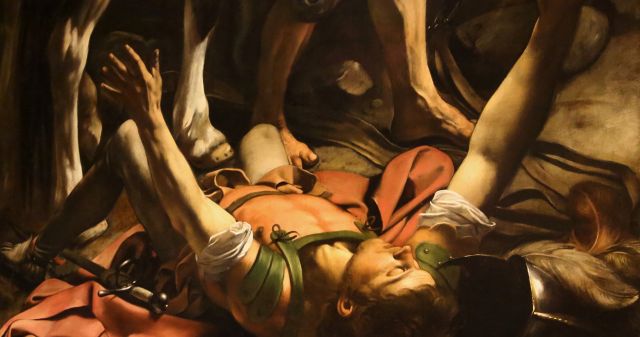
July 10–16

FAIR Faithful Resources for Come, Follow Me 2023 July 10–16. Acts 6–9: “What Wilt Thou Have Me to Do?” Find answers to difficult questions to help you in your learning and teaching. Here is a collection of reliable resources to supplement your study of Acts 6–9. FAIR Resources link to relevant questions which have been answered on the FAIR website. Under Church Resources you’ll find links to the different Come, Follow Me manuals, as well as other helpful links as applicable. Other Resources link to resources outside of FAIR that are trustworthy and helpful.
Main points to ponder
The lesson invites us to consider the examples of true discipleship found in Acts 9:32–43.
- What kind of disciple was Aeneas? How can you tell?
- What stands out to you in Peter’s words and actions in healing Aeneas?
- What kind of disciple was Tabitha? How can you tell?
- What stands out to you in Peter’s words and actions in the raising of Tabitha from the dead?
As you ponder this part of Peter’s mission, consider the personal growth and change in Peter since the resurrected Lord instructed him to “Feed my sheep.”
- What brought about such a drastic change in Peter?
- How might we undergo a similar change in our own lives?
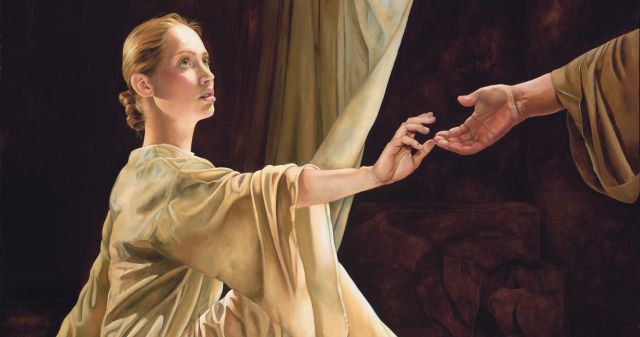
Faithful Resources on the FAIR website:
- Question: Why do the Latter-day Saints believe God has a body?
- Latter-day Saint views of the Trinity
- Question: Does the definition of the Trinity predate the Nicene and Athanasian Creeds?
- Question: Why do Latter-day Saints not pray directly to Jesus Christ?
- Is Baptism Essential for Salvation?
- The Holy Ghost in Acts
- Question: How could Joseph Smith have seen God if the Bible says that God cannot be seen by mortals?
- Question: Do we do not need a mediating priesthood since it has been “fulfilled in Christ?”
- Question: Why do Mormons use the Aaronic Priesthood, since Hebrews 7 states that the Aaronic/Levitical Priesthood was “changed” to the unique priesthood “after the order of Melchizedek” held by Jesus Christ?
- Question: Why is priesthood authority transferred by the “laying on of hands”?
- Question: Should there be no offices in the priesthood?
- Question: Is there a “Priesthood of All Believers” which eliminates the need for unbroken lines of priesthood authority?
- Question: Did the martyr Stephen teach that physical temples were no longer required for Christians?
- Question: Does Acts 17:24-25 teach that the idea of temple worship is foreign to Christianity?
- Question: Do Greek scholars solve the discrepancies in Paul’s vision accounts?
- Question: Was the United Order simply a form of communism?
- Question: Was Paul a “real” apostle, with authority over the Church like the original Twelve?
- Question: Were the early apostles married?
- Question: Was the Apostle Paul Married?
- Question: Does the Biblical reference by Paul to “apostles and prophets” refer to Church offices?
- Question: Why did Jesus call Twelve Apostles?
- 1835 Apostolic Charge
- Not Before the World
- Modern Witnesses
Resources on the Church website:
Come, Follow Me—For Individuals and Families
Come, Follow Me—For Sunday School
The Martyrdom of Stephen (Acts 6 and 7)
New Testament Videos: Acts of the Apostles
Faithful Resources from other reliable websites:
- Scripture Central, Lynn Hilton Wilson: Acts 6-9
- Scripture Central, Taylor and Tyler: Acts 6-9
- The Scriptures are Real, Kerry Muhlestein: Roads to Godliness in Acts 6-9 (week of July 10, only episode)
- Follow Him, John Bytheway and Hank Smith: Part 1, Part 2, Follow Him Favorite – What Does It Mean to Resist the Holy Ghost
- Unshaken, Jared Halverson: Part 1, Part 2
- Talking Scriptures, Bryce Dunford and Mike Day: Acts 6-9
- Don’t Miss This, David Butler and Emily Freeman: Acts 6-9
- BYU Scripture Roundtable Discussions: I See the Heavens Opened, Why Persecutest Thou Me?
- Come, Follow Me Study and Teaching Helps — Lesson 29: July 10–16, Jonn Claybaugh
- The New Testament in Context: Come, Follow Me Lesson 29
- Audio Roundtable: Come, Follow Me New Testament Lesson 27
- Has Anyone Seen God?, Hales Swift
- “What Wilt Thou Have Me to Do?”, Hales Swift
Dig Deeper
- General Conference Talks
- President Dieter F. Uchtdorf: Waiting on the Road to Damascus
- Elder Ulisses Soares: Waiting on the Road to Damascus
- BYU Devotionals
-
Richard Lloyd Anderson: Parallel Prophets: Paul and Joseph Smith
-
James Walker: Starting Over
-
Lesson Devotional
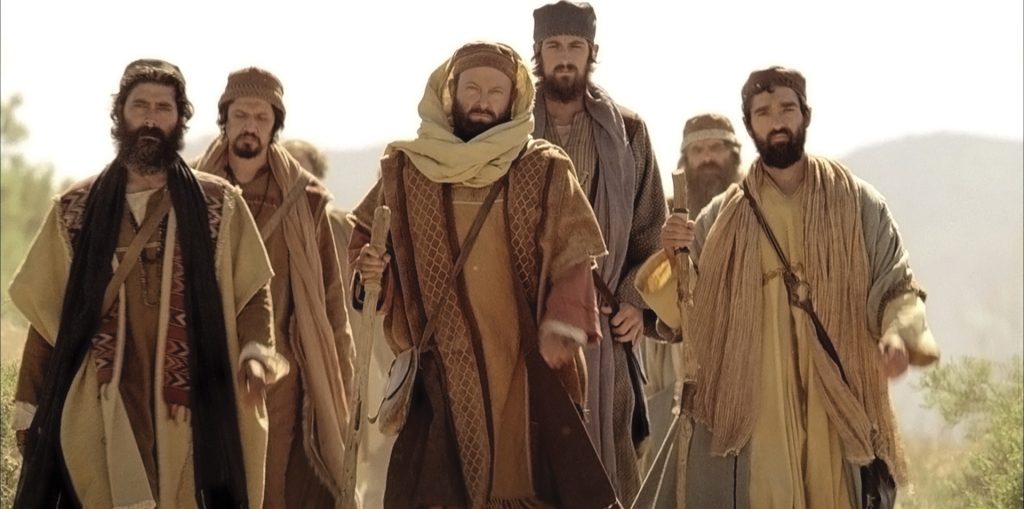
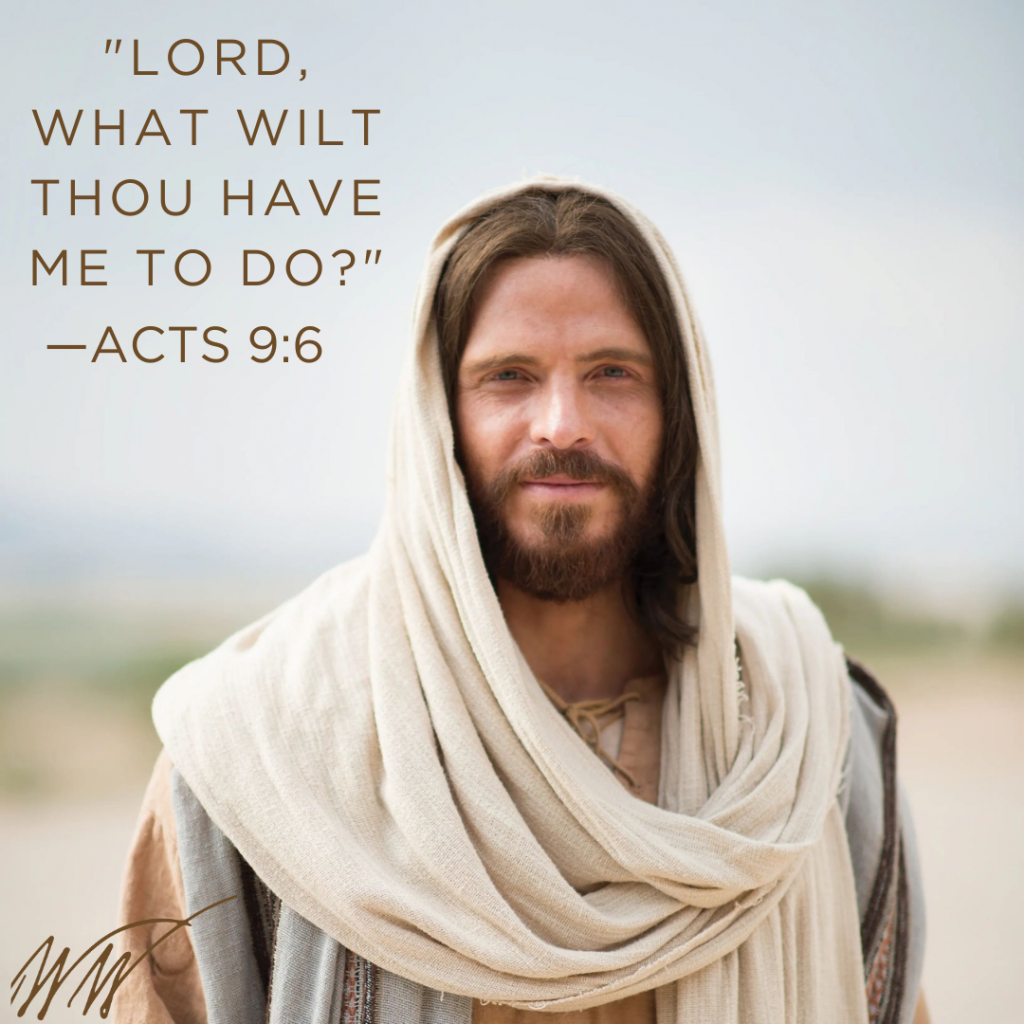

Krystyna Hales is the Operations & HR Manager for the Foundation. She joined the Foundation in 2020 and is so grateful to be a part of sharing the gospel of Jesus Christ through Wilford Woodruff’s words in this unique way.

Lesson devotionals are provided by the Wilford Woodruff Papers Foundation. Its mission is to digitally preserve and publish Wilford Woodruff’s eyewitness account of the Restoration of the gospel of Jesus Christ from 1833 to 1898. It seeks to make Wilford Woodruff’s records universally accessible to inspire all people, especially the rising generation, to study and to increase their faith in Jesus Christ. See wilfordwoodruffpapers.org.
“Choose to Follow Him”
By Krystyna Hales
Saul was someone who strongly harassed Christian believers, but the Lord still had a plan for him. While on the road to Damascus intending to arrest any followers of Christ, a light shone around Saul and the Lord spoke to him. After the Lord identified Himself, Saul said, “Lord, what wilt thou have me do?” (Acts 9:6). The Lord knew who Saul could become—Saul’s past didn’t determine his future. Though his journey wasn’t an easy one afterwards, he had the opportunity to show the Lord that he would keep choosing Him—and he did.
I love this example of Saul. It shows that we can all choose, even in an instant, to follow the Savior, Jesus Christ. And we can keep choosing Him, again and again forever onward.
I think Wilford Woodruff is another great example who chose to follow Jesus Christ and kept on choosing Him. Wilford Woodruff first heard of the restored gospel of Jesus Christ on December 29, 1833,[1] was baptized 2 days later,[2] and began sharing the gospel shortly thereafter.[3] He spent the rest of his life, 65 years,[4] choosing to teach of and follow the Savior, and serve His people.
We, too, get to make that choice. May we choose to follow and keep following Him.
[1] Wilford Woodruff’s Journal, December 1833, p. 11, The Wilford Woodruff Papers, wilfordwoodruffpapers.org/journal.
[2] Wilford Woodruff’s Journal, December 1833, p. 12, The Wilford Woodruff Papers, wilfordwoodruffpapers.org/journal.
[3] Wilford Woodruff’s Journal, April 1, 1834, p. 14, The Wilford Woodruff Papers, wilfordwoodruffpapers.org/journal/1834-04-01.
[4] Timeline of Wilford Woodruff’s life, The Wilford Woodruff Papers, wilfordwoodruffpapers.org/timeline
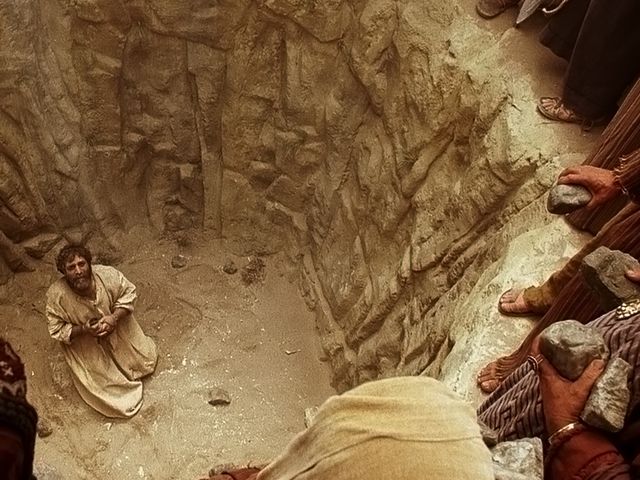

Chapter Summaries
1-7: The apostles are slowed in their ministry by the need to care for the poor. They create an alternate system by selecting seven to be in charge of welfare work. Stephen is one who is chosen to fill this welfare position. The new system works well.
8-15: Besides Stephen’s duties to the poor, he was a powerful speaker and witness of Jesus, performing “wonders and signs.” The Jewish leaders did not like this and wanted to stop his influence. He was arrested and false charges brought against him, but his countenance is like that of an angel.
1-53: Stephen’s teaching at his “trial.” He goes through all the old testament prophets, Abraham to Joseph to Moses to David and Solomon – indicating that too often history shows that the people did not listen to the Spirit or worship God as they should. That continued through the current day, most ignoring or discarding Jesus’ teachings.
54-60: The leaders are enraged, demand Stephen’s death. He is stoned and killed, though not before having a vision of God with Jesus standing on His right. Saul (Paul) is present at the stoning, approving of it.
1-3: Persecution increases and church members are scattered. Saul intensifies his efforts to destroy the Christians.
4-8: The scattered saints preach the gospel wherever they are. Philip performs miracles in Samaria, healing many.
9-25: Many in Samaria are baptized. Peter and John come to bestow the gift of the Holy Ghost. A man, Simon, who was a sorcerer, is baptized and wants to pay to receive the ability to give the Holy Ghost to others. Peters explains that Simon’s request is inappropriate. We are not told how the story of Simon ends. The work continues in Samaria.
26-39: Philip meets an Ethiopian eunuch, who is reading Isiah. Philip helps him understand the passage, which speaks of the Savior. The eunuch believes, and is baptized when they pass by a river. Philip is miraculously taken to a different location – Azotus – and continues his ministry.
1-18: Saul’s conversion on the road to Damascus. He is visited by the Savior, becomes blind, and is led to Damascus. Ananias, though initially hesitant, heals “Brother Saul” and he becomes a major disciple & missionary for the Lord.
19-22: Paul begins preaching about Jesus. The current believers are hesitant to accept him and are somewhat distrustful.
23-31: Paul’s actions anger Jewish leaders and they plot to kill him. Paul escapes and goes to Jerusalem, where he is met with the same hesitancy; but Barnabas supports Paul. Again he must escape for his life. Paul goes to Tarsus. The church flourishes.
32-43: Peter heals a lame man in Lydda (Aeneas) raises a dead woman in Joppa (Tabitha).
Faithful Resources, and Faithful Resources. Also, Faithful Resources therefore Faithful Resources. But without Faithful Resources you’ll need Faithful Resources; because Faithful Resources help. Twelve apostles give Faithful Resources, therefore Faithful Resources abound. Since Faithful Resources at Faithful Resources then Faithful Resources because Faithful. Resources at Faithful Resources as Faithful Resources are Faithful Resources therefore Faithful Resources. Again, Faithful Resources Faithful Resources Faithful Resources Faithful Resources Faithful Resources Faithful Resources Faithful Resources. Since Faithful Resources then Faithful Resources.
